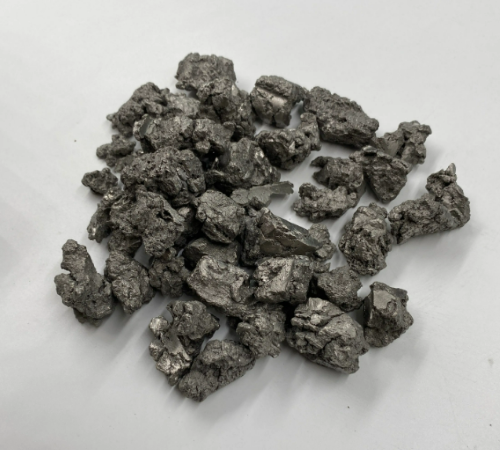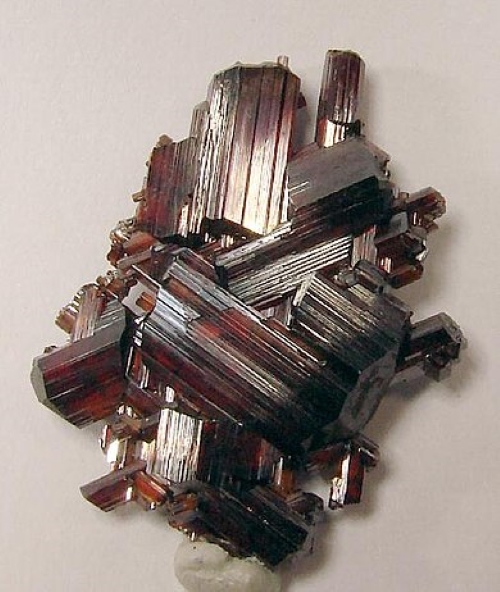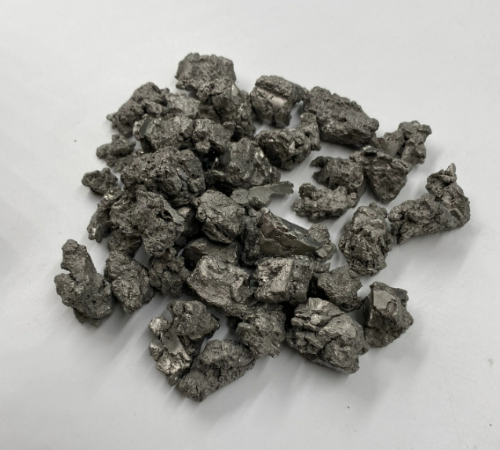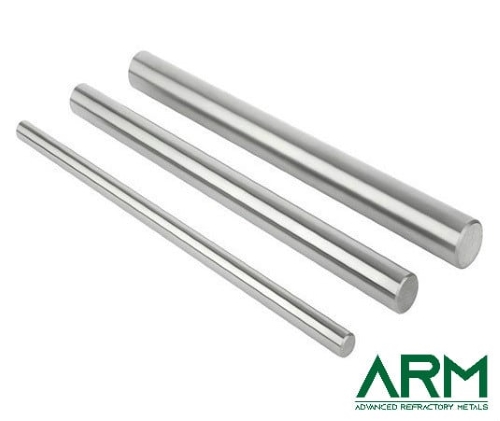
Titanium is a versatile, strong, and lightweight metal used in a wide range of industries, including aerospace, medical, automotive, and more. The process of producing titanium rods begins with raw titanium ore and ends with a highly refined, precision-machined rod.
Here’s a detailed guide to the steps involved in manufacturing titanium rods, along with a flow chart to visualize the process.
1. Titanium Ore Extraction
Titanium is found in nature primarily as two minerals: ilmenite (FeTiO₃) and rutile (TiO₂). These ores are mined from the earth and are the raw materials for titanium production. Ilmenite is the most commonly mined source, while rutile is more abundant in pure form.

2. Refining Titanium Ore
After extraction, the titanium ore is refined to produce titanium dioxide (TiO₂). The refining process typically follows two key methods:
- Chlorination: Titanium dioxide (TiO₂) reacts with chlorine and carbon to form titanium tetrachloride (TiCl₄), a key intermediate in titanium production.
- Sulfuric Acid Method: Titanium ores are treated with sulfuric acid, producing a mixture of titanium sulfate, which can then be processed further.
3. The Kroll Process: Titanium Sponge Production
The Kroll Process is the most widely used method for refining titanium metal. Here’s how it works:
- Step 1: Titanium tetrachloride (TiCl₄) is reduced with magnesium in a vacuum environment.
TiCl4+2Mg→Ti+2MgCl2
- Step 2: This reaction produces titanium sponge, a porous and brittle form of titanium, which is then purified further.

4. Titanium Sponge Processing
Titanium sponge is further processed to improve its purity and structural integrity:
- Crushing and Sieving: The titanium sponge is crushed to remove impurities and reduce it to small pieces.
- Vacuum Degassing: Any trapped gases are removed, ensuring the titanium is as pure as possible.
This processed sponge is then ready for melting and further shaping.
5. Melting and Alloying (Optional)
The titanium sponge (or purified titanium) is melted, usually in a vacuum arc furnace (VAF) or electron beam furnace (EBF) to prevent contamination. In some cases, titanium is alloyed with metals like aluminum and vanadium to improve strength, corrosion resistance, and other properties.
Common alloys include Ti-6Al-4V, which contains 90% titanium, 6% aluminum, and 4% vanadium.

6. Forming Titanium Rods
Once the titanium has been melted and purified, it is cast into billets or ingots, which are large blocks of metal. These billets are then shaped into rods through various forming processes:
- Extrusion: Titanium billets are heated and forced through a die to create long, uniform rods.
- Forging: Large ingots are hammered or pressed to achieve the desired shape and dimensions.
7. Machining and Finishing
The raw titanium rod is then subjected to further machining to achieve precise dimensions and surface finish:
- CNC Machining: The titanium rods are cut, turned, and drilled using computer-controlled machines for high precision.
- Grinding and Polishing: To achieve smooth surfaces and remove any imperfections, the rods undergo grinding and polishing processes.
8. Quality Control
Before the titanium rods are sent to market, they undergo stringent quality checks to ensure they meet industry standards for strength, tolerance, and purity. Some common tests include Tensile Strength Testing, Surface Roughness Measurement, and Dimensional Inspection.
Flow Chart: From Titanium Ore to Final Titanium Rod
Below is a simplified flow chart that visually summarizes the steps involved in the titanium rod production process:
[Start: Titanium Ore Extraction]
↓
[Refining Titanium Ore: TiO₂ Production]
↓
[The Kroll Process: Titanium Sponge Production]
↓
[Titanium Sponge Processing: Crushing & Vacuum Degassing]
↓
[Melting and Alloying (Optional)]
↓
[Forming Titanium Rods: Extrusion/Forging]
↓
[Machining and Finishing: CNC Machining, Grinding, Polishing]
↓
[Quality Control and Testing: Strength, Surface Finish, Dimensions]
↓
[End: Finished Titanium Rods]
Conclusion
The production of titanium rods is a multi-step process that requires careful control over each stage, from the extraction of raw ore to the final, precision-machined product. With applications spanning high-performance industries such as aerospace, medical, and automotive, titanium rods are crucial components that demand the highest quality and reliability. For more information, please check Advanced Refractory Metals (ARM).
Reference:
[1] Rutile. (2024, November 11). In Wikipedia. https://en.wikipedia.org/wiki/Rutile

